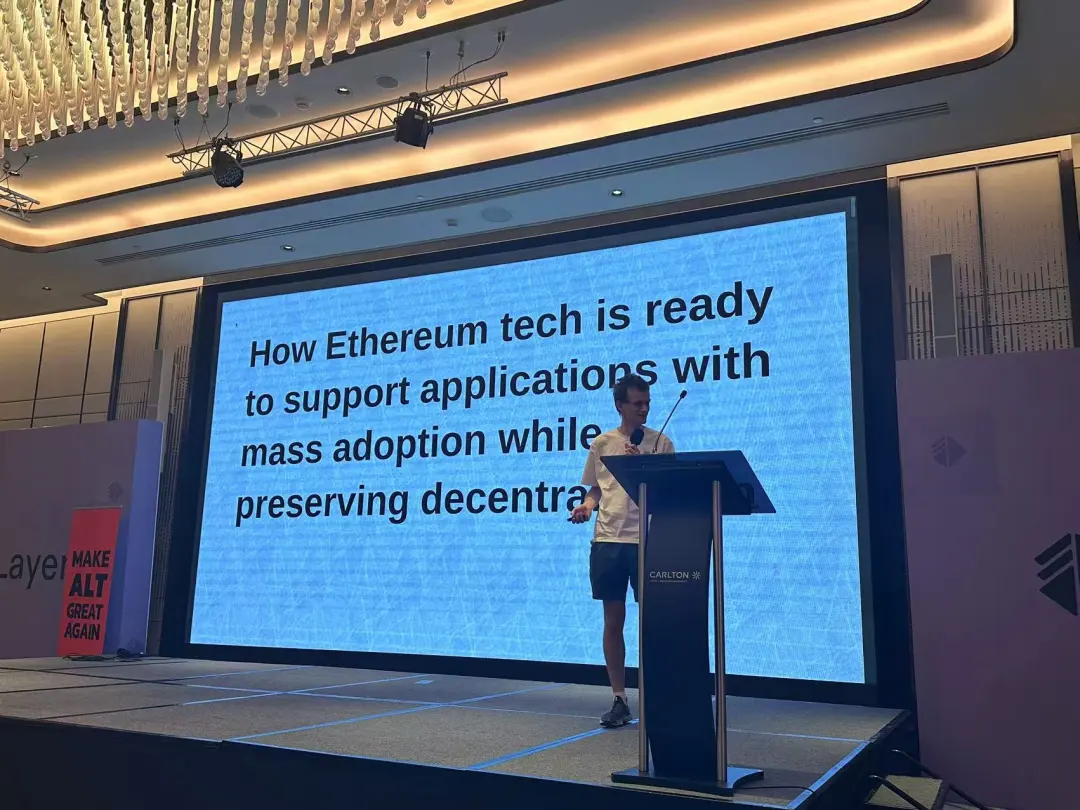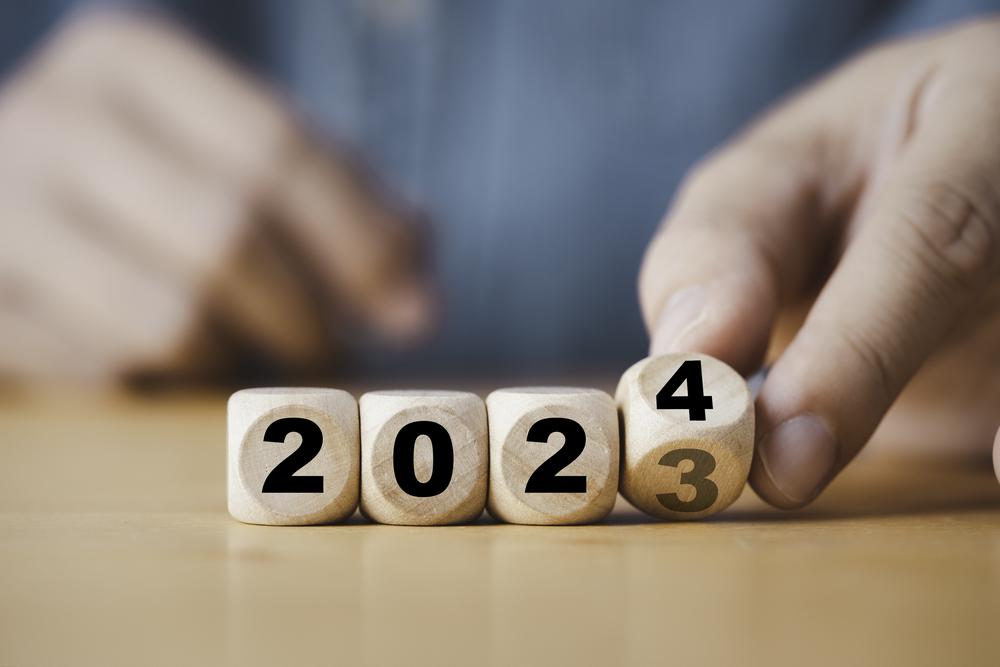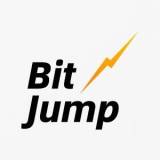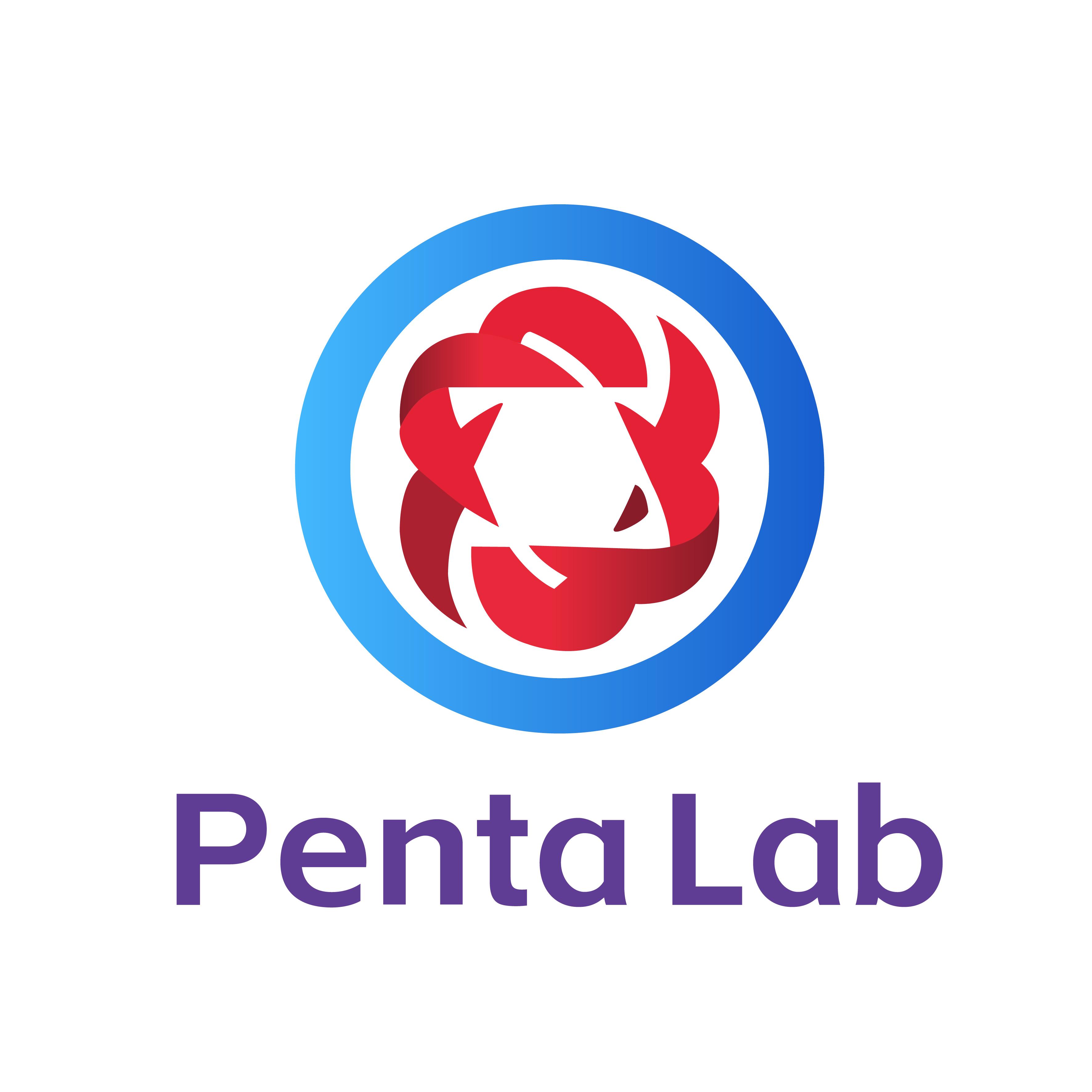-
 PA一线 · 03-31 04:22
テストリリース 2
PA一线 · 03-31 04:22
テストリリース 2公開されたコンテンツのテスト 2
-
 PA一线 · 03-31 04:21
テストリリース 1
PA一线 · 03-31 04:21
テストリリース 1公開されたコンテンツのテスト 1
-
 PA一线 · 03-27 09:45
KiloExがKILOトークンエコノミクスを発表、初年度はチームトークンや投資家トークンはロック解除されない
PA一线 · 03-27 09:45
KiloExがKILOトークンエコノミクスを発表、初年度はチームトークンや投資家トークンはロック解除されないKiloEx が KILO トークンエコノミクスを発表。総供給量は10億に固定されており、初期流通供給量は21.17%です。最初の 1 年間は、チーム トークンまたは投資家トークンはロック解除されません。
 PA一线 · 03-27 08:21
テストニュースリリース0327-2
PA一线 · 03-27 08:21
テストニュースリリース0327-2テストニュースリリース0327-2
-
 UXLINK · 03-27 08:20
試験記事リリース 0327-2-編集
UXLINK · 03-27 08:20
試験記事リリース 0327-2-編集試験記事リリース 0327-2-編集
-
 UXLINK · 03-26 02:25
テスト記事-0326-記事更新-1
UXLINK · 03-26 02:25
テスト記事-0326-記事更新-1テスト記事-0326-記事更新1
-
 UXLINK · 03-25 07:24
試験品目0325-1
UXLINK · 03-25 07:24
試験品目0325-1試験品目0325-1
-
 UXLINK · 01-27 03:42
試験品1/27-3
UXLINK · 01-27 03:42
試験品1/27-3試験品1/27-3
-
 SoulLand · 01-27 03:40
試験品1/27-2
SoulLand · 01-27 03:40
試験品1/27-2試験品1/27-2
- 暗号通貨の流動時価総額(7日間)$2,190,813,773,927Market Cap恐怖・貪欲指数(過去30日間)極度の恐怖0日(0%)恐怖24日(80%)中立6日(20%)貪欲0日(0%)極度の貪欲0日(0%)
 PA一线 · 2024-11-22 12:21
ニュースリリース最適化テスト
PA一线 · 2024-11-22 12:21
ニュースリリース最適化テストニュースリリース最適化テストの概要 サマリー
-
 欧科云链 · 2024-11-22 06:30
Devcon レビュー | AltLayer_Rollup_Day で 200 人の開発者に会った後の洞察
欧科云链 · 2024-11-22 06:30
Devcon レビュー | AltLayer_Rollup_Day で 200 人の開発者に会った後の洞察OKLink は、好奇心と使命感を持って、先週の Devcon バンコクや周辺イベントで開発者と緊密に対話し、データ インフラストラクチャ ビルダーの観点から皆さんと答えを探してきました。
-
 白话区块链 · 2024-11-22 01:00
詐欺から富へ、ミームコイン市場構造分析
白话区块链 · 2024-11-22 01:00
詐欺から富へ、ミームコイン市場構造分析Memecoin市場に関する徹底した調査を通じて、コミュニティの参加、トークン発行、プラットフォームの使用状況、ユーザーのニーズの現状が分析され、この現象の背後にある社会的動機と将来の可能性が明らかになりました。
-
 金色财经 · 2024-11-22 00:00
Glassnode: 仮想通貨市場の 629 億ドルの資本流入を主導したのは誰ですか?
金色财经 · 2024-11-22 00:00
Glassnode: 仮想通貨市場の 629 億ドルの資本流入を主導したのは誰ですか?この需要は米国のスポットETFを通じた機関投資家が主導している。
-
 深潮TechFlow · 2024-11-21 23:00
この強気市場では注目がすべてであり、ユニークなストーリーと Z 世代のサポートが鍵となります
深潮TechFlow · 2024-11-21 23:00
この強気市場では注目がすべてであり、ユニークなストーリーと Z 世代のサポートが鍵となります真実は単純です。最良のアイデアが常に勝つとは限りません。重要なのは注目されることです。
-
 PA一线 · 2024-11-21 16:02
Coinbase International StationがCoWプロトコルの無期限先物契約を開始します
PA一线 · 2024-11-21 16:02
Coinbase International StationがCoWプロトコルの無期限先物契約を開始しますCoinbase International Stationが発表しました。
-
 PA一线 · 2024-11-21 15:01
関係者:米国証券取引委員会(SEC)とSOLスポットETFの立ち上げを望む発行会社との間の交渉は「進展」している
PA一线 · 2024-11-21 15:01
関係者:米国証券取引委員会(SEC)とSOLスポットETFの立ち上げを望む発行会社との間の交渉は「進展」している関係者2人によると、米証券取引委員会(SEC)職員とSOLスポットETFの立ち上げを目指す発行会社との間の交渉は「進展」しており、SECは現在S-1申請を処理しているという。両氏は、今後数日中に潜在的な発行体に代わって取引所からETF承認プロセスの次のステップとなる19b4申請書が提出される可能性が「非常に高い」と述べた。
-
 PA一线 · 2024-11-21 14:56
Canaan Technology、優先株発行で3,000万米ドルを調達
PA一线 · 2024-11-21 14:56
Canaan Technology、優先株発行で3,000万米ドルを調達ビットコインマイニングマシンのメーカー、Canaan Inc. (NASDAQ: CAN) は最近、シリーズ A-1 優先株を 1 株あたり 1,000 ドルで機関投資家に最大 30,000 株売却する証券購入契約を締結しました。この協定により、北米におけるデジタルマイニングおよびデジタル機器の開発を支援するために3,000万ドルが調達される予定です。以前、Canaan Technology は 2024 年 9 月にシリーズ A 資金調達を完了しており、その際に最大 125,000 株のシリーズ A 転換優先株を売却しました。
-
 PA一线 · 2024-11-21 14:36
分散型ゲーム プレーヤー ネットワーク KGeN が Aptos Labs 主導で 1,000 万米ドルの資金調達を完了
PA一线 · 2024-11-21 14:36
分散型ゲーム プレーヤー ネットワーク KGeN が Aptos Labs 主導で 1,000 万米ドルの資金調達を完了分散型ゲーム プレーヤー ネットワークである KGaN は、Aptos Labs が主導し、Game7 DAO と Polygon の参加により 1,000 万米ドルの資金調達が完了したことを発表しました。








 刘正要律师 · 2024-11-22 11:55
刘正要律师 · 2024-11-22 11:55




























